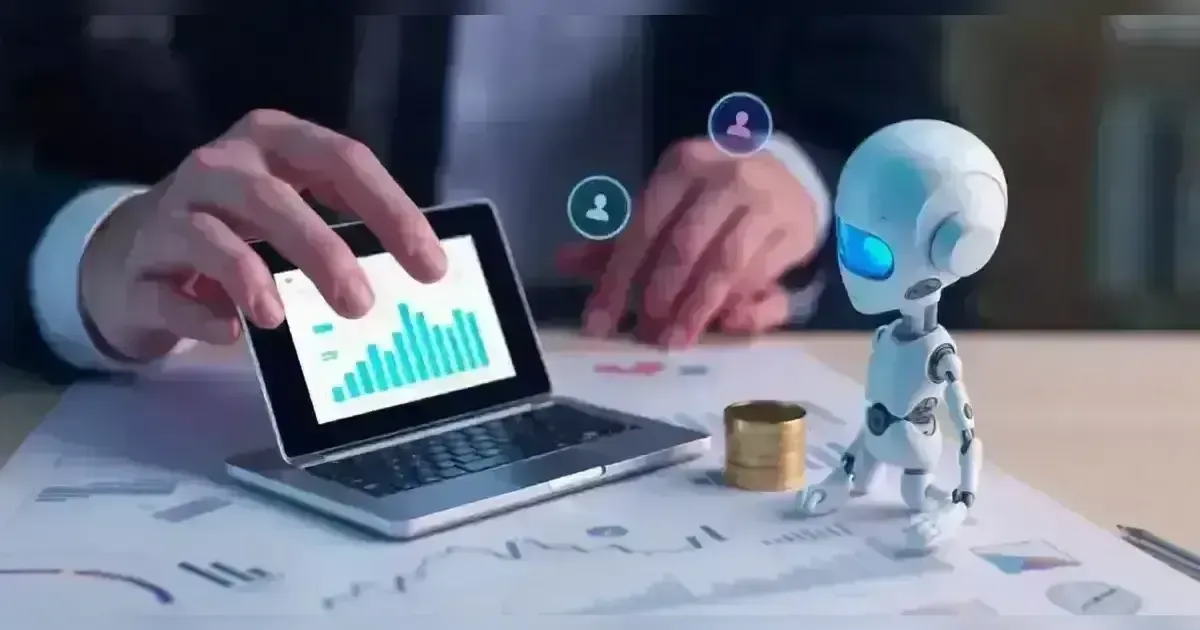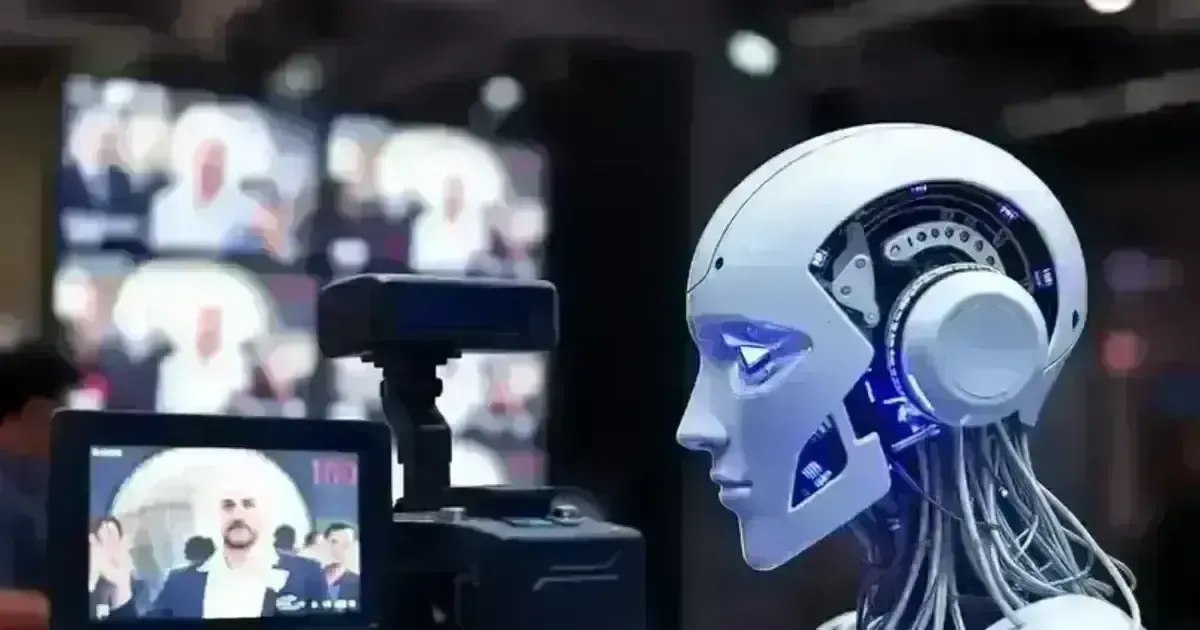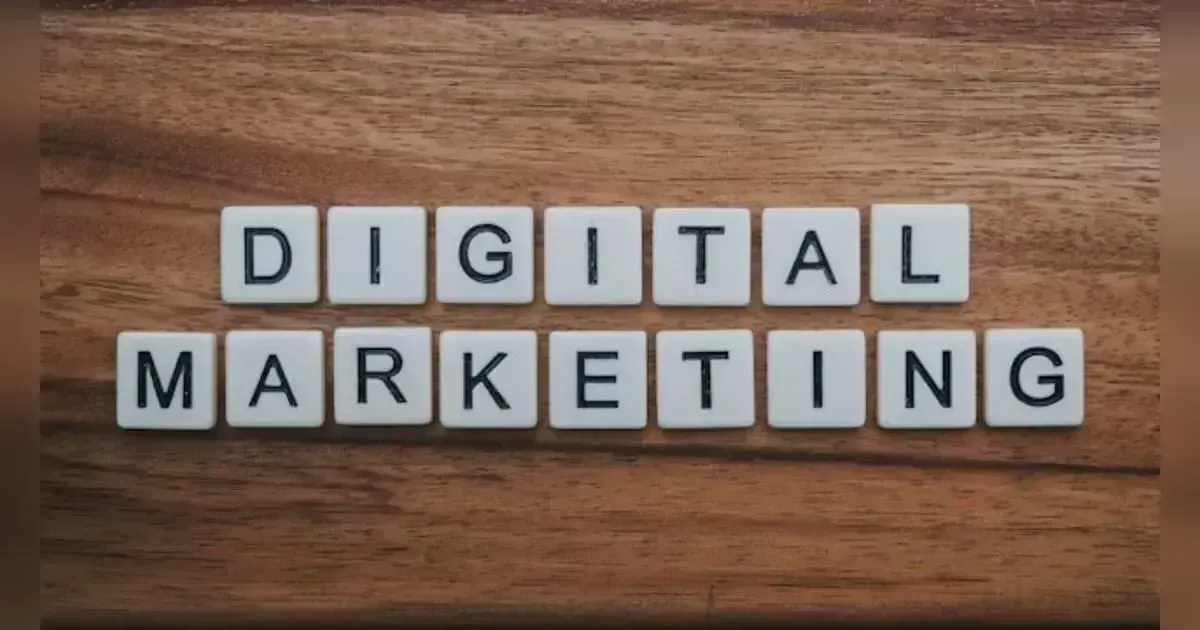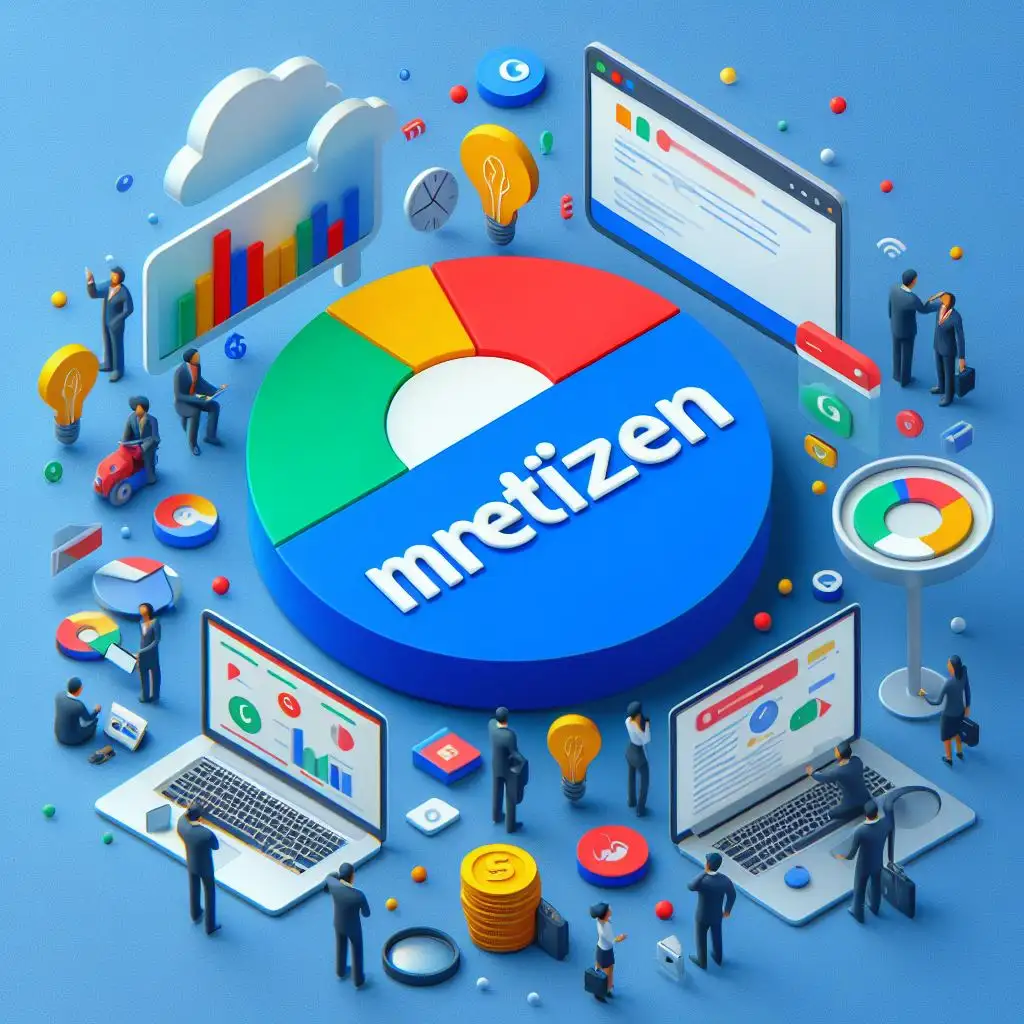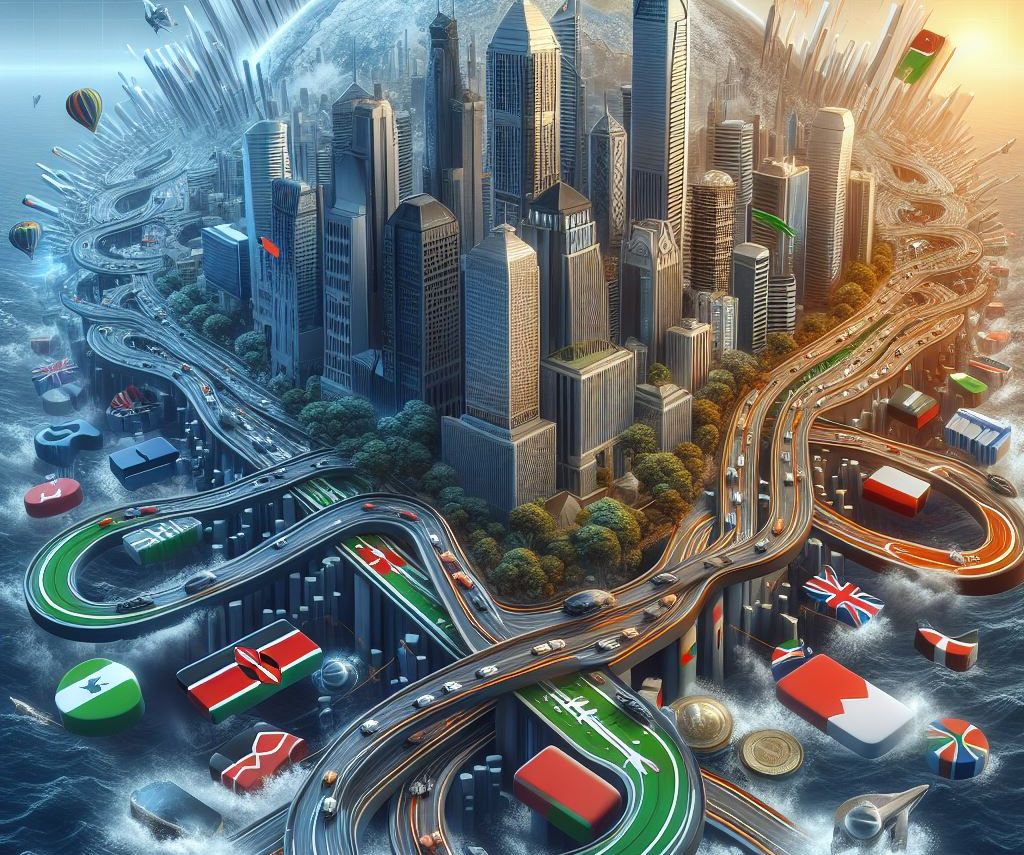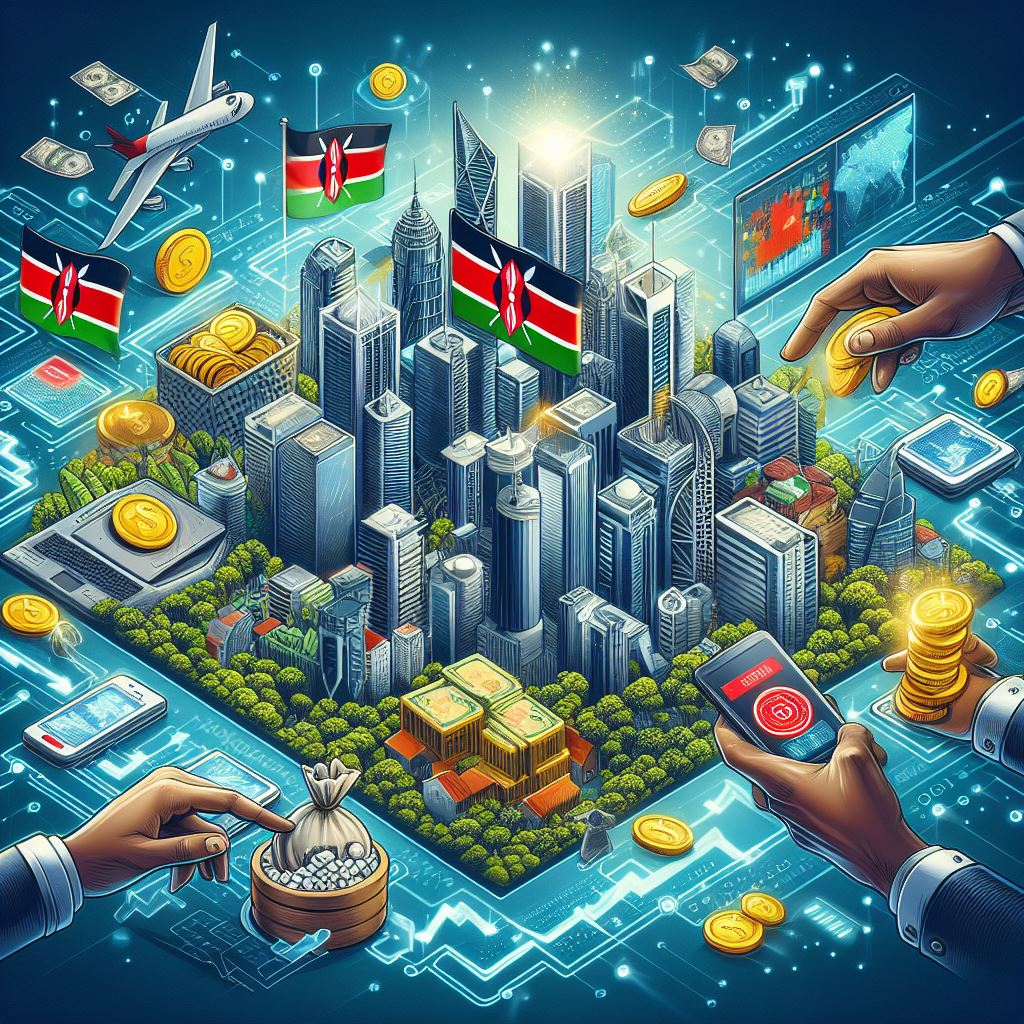Plastic pollution is one of the most immediate threats to ecosystems and human health, but a reason for hope lies in the search for innovative solutions: advanced recycling, biodegradable alternatives, and policies supporting these changes. This could mean a cleaner future with global efforts toward reduced use of plastics and enhanced sustainability...
Plastic Pollution: Solutions and Innovations for a Cleaner Planet
Introduction
Plastic contamination has ended up one of the foremost unavoidable natural challenges of our time, with annihilating results for environments, natural life, and human wellbeing. Plastic materials are presently found from the most profound sea trenches to farther mountain crests, highlighting the pressing require for comprehensive arrangements to handle this developing emergency. Whereas plastic offers evident benefits for bundling, healthcare, and fabricating, its toughness and resistance to debasement moreover make it exceedingly risky for the environment.
In this article, we'll investigate the causes and impacts of plastic contamination, and examine innovative arrangements and maintainable hones that are being created to make a cleaner, stronger planet.
1. Understanding Plastic Pollution
Implemented, plastic pollution means the existence of plastic utensils and other objects that have a negative impact on animals and plants, as well as the population. Approximately 300 million tons of plastic are manufactured and used worldwide annually, and a large percentage of it is categorized as disposable plastics – products that are expected to be disposed of after one use, often within a short period; products such as straws, bags and water bottles. Due to its ability to stay intact for hundreds of years, plastics landfilling, as well as being washed to the rivers and oceans poses a longer and persistent threat to ecological system.
There are also the specifics such as the fact that plastics degrade into microplastics, particles less than 5mm in size, are consumed by sea life and other wildlife and in turn by humans. Currently, microplastics have been identified in fish, salt and even bottled water hence the adverse effects that microplastics have on the health of people cannot be underestimated. Through the arguments presented within this concept, which reflects on the use and disposal of plastics, this paper establishes the fact that plastic pollution is a global problem that requires both local and international attention.
2. Impacts of Plastic Pollution on the Environment
Marine littering by plastics is detrimental to ecosystem and its inhabitants. Marine life is affected through ingestion, entanglement and through alteration of their natural habitat in the ocean by the wastes found in plastics. For example, sea turtles mistake plastic bags for jellyfish, while birds die from the internal blockage of plastic debris that makes them-starve. Marine plastic debris from land has created large accumulations of plastic debris in the seas, some of which is as large as the Great Pacific Garbage Patch in the Pacific Ocean and measuring a size greater than that of Texas.
In water bodies, plastic pollution affects water and seabed and its aquatic life, while on the land, it affects soil and water on plant and animal life. Drains are blocked by plastics, leading to flooding while it releases toxic chemicals into the soil that negatively affect crops. In addition, the manufacturing process of plastics and the burning of plastics dispose of greenhouse gases which in their turn fuel global warming and consequently climate change.
3. Solutions to Plastic Pollution
To reduce and eliminate plastic pollution policy interventions and availability of new technologies are needed along with social engagement. Here are some key solutions that are gaining momentum:
•Reducing Plastic Use and Promoting Alternatives: Less consumption of plastics and more specifically of disposable plastics is the next step. Governments and organizations in different countries are enforcing no-use policies on plastics items including, aluminum foils, straws, bags, and cutlery, and replacing them by, paper, bamboo, and metal.
•Recycling and Upcycling: After so many years, recycling remains among the most efficient strategies of dealing with plastic waste. However, according to updated data, at present, only nine percent of the total volume of all the plastic produced in the world has been recycled. Chemical recycling, which is among the new technologies applied to recycling of plastics, involves the depolymerization of polymers in order to make production anew from raw materials.
• Extended Producer Responsibility (EPR): EPR policies refer to the mechanism of extending the cost of the disposed products back to the producers in the lifecycle. EPR helps to encourage producers to accept an obligation of waste and dispose it off in a correct manner, to consider how to design for recycling and diminish packaging and to obtain required and effective waste collecting facilities.
•Biodegradable and Compostable Plastics: Details of biodegradable plastics from the renewable resources including cornstarch, algae, fungi, etc. are emerging. Despite the fact that these materials contribute to mitigation of pollution by plastic, they are biodegradable under certain conditions and are not an antidote. For this reason, there has to be the right structures in place and the public sensitized adequately especially concerning biodegradable plastics.
4. Challenges and Advances in Reducing Plastic Pollution
Innovation is essential to combating plastic pollution, and researchers around the world are developing new technologies to manage and reduce plastic waste more effectively:
•Advanced Recycling Technologies: However, conventional recycling does not seem to be very accessible, abet to the point that most kinds of plastic cannot be even accepted by conventional recycling facilities. However, new technologies that are currently available include pyrolysis, enzymatic recycling among others. Pyrolysis converts plastic waste into fuel and the enzymes as well as bacteria for plastic digestion are being developed to enhance the process. They can potentially transform recycling to means of with a fully circular system for plastics.
•Plastic-eating microbes: Scientists have discovered and even cultured several types of bacteria and fungi that show promise for breaking down plastics. One such example is the bacterium Ideonella sakaiensis, which can degrade PET plastics used in bottles. Further studies are under way in order to spread such findings and adapt them to water treatment plants so as to combat plastic pollution in ecosystems.
•Ocean Cleanup Technologies: Due to increase of plastic waste in seas and oceans, there stands The Ocean Cleanup which is working on large scale machines to recover the plastic wastes from the bodies of water. Some of the features being piloted include the floating booms that hold the debris and the self-driving scrapers that pick wastes. These systems are placed in regions with lots of plastic for example the Great Pacific Garbage Patch to help alleviate pressure on ecosystems from plastics.
•Artificial Intelligence and Machine Learning: The utilization of AI and ML has been applied in plastic waste track and monitor. Algorithms can then identify important data – such as production levels of plastic, waste generation, and areas of greater pollution to make waste and recycling processes better. There are also have shown the drones and satellite with AI features that can check pollution rate on real time and authorities can act accordingly if required soon.
5. Policy and Legislative Approaches
Compelling arrangements and controls play a pivotal part in combating plastic contamination. A few nations have as of now executed arrangements to restrain plastic utilize and advance economical hones:
• Single-Use Plastic Bans:
Numerous nations have sanctioned bans on single-use plastics, counting plastic packs, straws, and cutlery. These bans point to diminish the volume of plastic squander and energize buyers to utilize reusable or biodegradable choices. For occurrence, the European Union has denied certain single-use plastic things over its part states, pointing to decrease marine litter.
• Plastic Charges and Demands:
Plastic charges or demands on plastic items, particularly single-use things, give a monetary disincentive for their utilize. Nations like Ireland have presented plastic sack demands, driving to a noteworthy decrease in plastic pack utilization. Such arrangements energize producers and customers to move towards more feasible choices.
• Store Return Plans (DRS):
DRS includes including a little store to the cost of plastic holders, which customers can recover upon returning the purge holder for reusing. These plans have demonstrated successful in nations like Germany, where plastic bottle reusing rates are among the most noteworthy within the world. By incentivizing reusing, DRS makes a difference decrease litter and bolsters circular squander administration frameworks.
6. Community and Individual Efforts
Whereas governments and companies play vital parts, person activities and community activities are similarly vital in handling plastic contamination:
• Decrease, Reuse, reuse:
Customers can make cognizant choices to decrease their plastic utilization by picking for reusable items, reusing, and selecting maintainable bundling. Activities such as carrying reusable packs, water bottles, and utensils can altogether diminish plastic squander.
• Take part in Cleanups:
Community cleanups along shorelines, waterways, and parks offer assistance expel plastic squander from characteristic regions and raise mindfulness approximately plastic contamination. Neighborhood organizations and worldwide developments like World Cleanup Day give openings for people to contribute to natural conservation.
• Teach and Advocate:
Spreading mindfulness almost the impacts of plastic contamination and supporting for economical hones can make a swell impact. People can back arrangements, teach others, and empower businesses to embrace naturally inviting hones.
7. A Vision for a Plastic-Free Future
As we move forward, a plastic-free or reduced-plastic future is inside reach. Accomplishing this vision will require collaboration among governments, businesses, analysts, and communities. In expansion to the mechanical and policy-based arrangements talked about, there's a ought to cultivate a social move towards supportability. The "zero squander" development, for case, energizes lessening utilization, reusing materials, and disposing of waste.
A feasible future moreover depends on overhauling items and bundling to play down plastic utilize and investigating closed-loop frameworks where materials are ceaselessly reused. Enterprises, as well, are recognizing their duty to diminish plastic squander, with numerous setting goals for recycled substance in bundling and implementing more maintainable generation hones.
Conclusion
Plastic contamination may be a multifaceted issue, but it isn't inconceivably. By tending to the root causes of plastic squander and embracing inventive arrangements, we will make critical strides toward a cleaner, more advantageous planet. The transition to a plastic-free world requires worldwide cooperation, informed policies, and cognizant buyer choices. As innovation propels, the alternatives for overseeing and lessening plastic squander will proceed to grow, advertising trust for future eras.
Within the conclusion, the battle against plastic contamination may be a confirmation to our collective commitment to ensure and protect the environment. By cultivating feasible hones, supporting advancement, and grasping individual duty, we will work together to form a cleaner, more resilient world.






